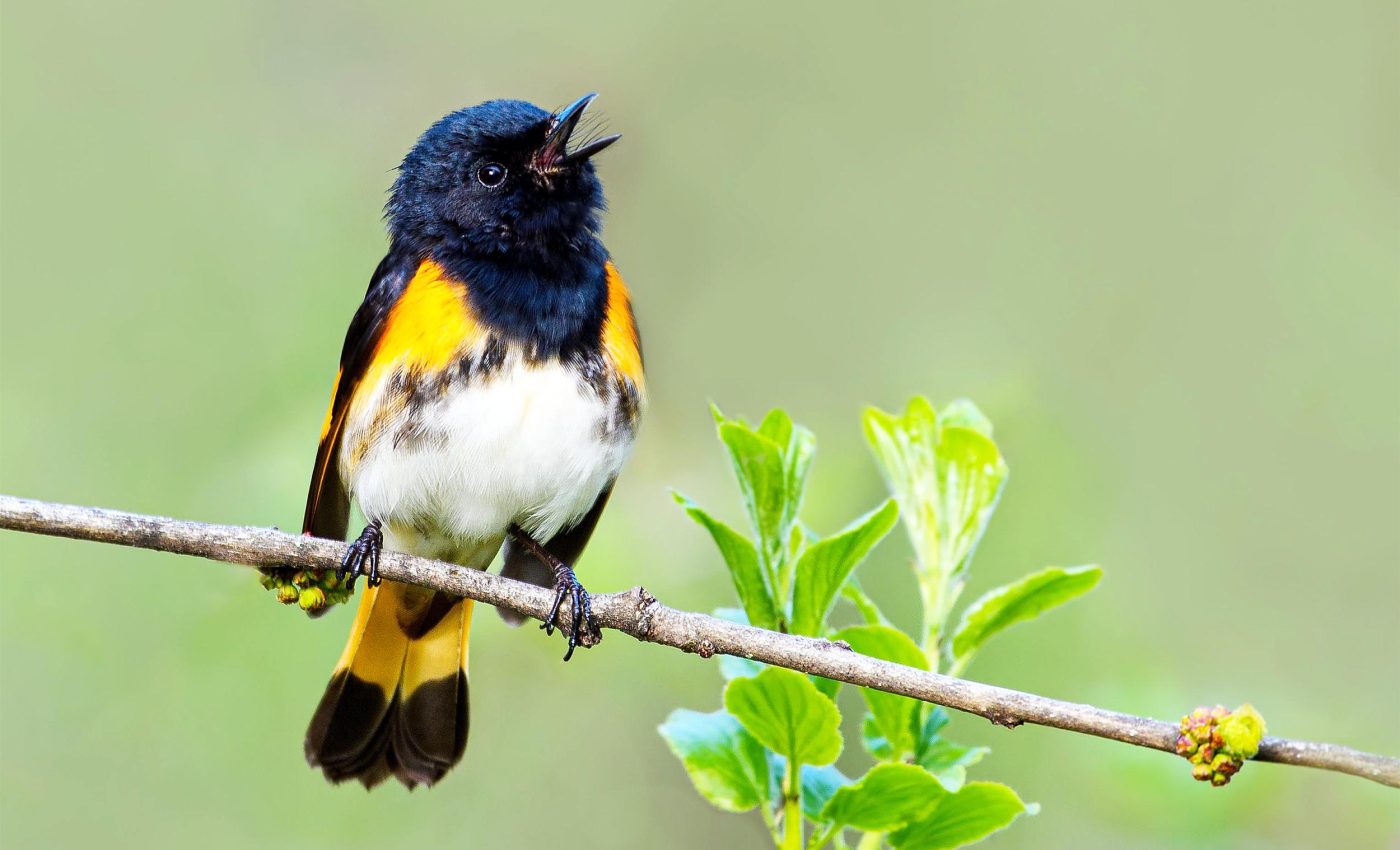
Some birds can sing loudly without raising the pitch, something humans can't do
Birds don’t just sing – they send messages, defend territory, and attract mates through their songs. But have you ever wondered how their pitch and volume work together?
When people raise their voices, the pitch usually gets higher. And while deep sounds carry farther, our voices can’t be both low and loud at the same time. That’s just how our vocal cords work.
Do birds face the same physical limits, or have some species evolved a way around them?
Can birds do what we can’t?
For decades, scientists have debated whether birds face the same physical limits as humans when it comes to making sound.
When a bird sings loudly, does the pitch automatically rise because of mechanical constraints? Or has evolution shaped some birds to sing low and loud, thereby helping their songs travel greater distances?
Biologists from the University of Massachusetts Amherst decided to find out. They recently released the first large-scale, fine-grained study that compares the volume (or amplitude) of bird songs to their pitch (or frequency).
Until now, there hasn’t been enough detailed data to tackle this question across a broad set of bird species.
So what about birds? Can they do what we can’t?
From outdoor concerts to forest songs
You can think of this study in terms of something familiar. At an outdoor concert, if you try to shout over the crowd, your voice tends to rise in pitch.
At the same time, you might feel the rumble of the bass notes – those low tones travel farther than the sharp, high-pitched ones.
Our vocal cords can’t manage both low and loud together. That’s why screams are shrill, not booming.
“The difference is between what you can do and what you want to do,” explained João C. T. Menezes, a graduate student in the Organismic and Evolutionary Biology Program and the lead author of the new study.
One question, two theories
“There have been two main arguments over the decades,” said Jeffrey Podos, a professor of biology and senior author of the study.
“One camp holds that if birds sing loudly, their pitch should increase because they are mechanically constrained.” That’s the standard prediction found in textbooks.
But there’s a second argument, based on evolution. “Since lower sounds carry farther and therefore should increase a singer’s chance of being heard, it would make sense that birds should be both loud and deep at the same time.”
The lack of solid data left the argument unresolved. Until recently, it was nearly impossible to measure a wild bird’s song volume in real-time, natural settings.
“It’s only been in the last 10 years or so that devices capable of measuring amplitude precisely enough, in the millisecond bursts that birds sing and with the durability and portability to take out into the field, have been available,” said Podos.
Hundreds of calls, dozens of species
Now that the tools exist, Menezes and Podos gathered a large dataset. They recorded and analyzed the songs and calls of 53 bird species – from the familiar Canada goose to the black-and-gold cotinga of Brazil. The goal was to compare volume and pitch with these precise measurements.
What they found was a mixed picture. “There’s considerable variation across species,” said Menezes.
Out of the 53 species studied, 27 had calls that got higher in pitch as they got louder. Twelve had the opposite – calls that got lower with increased volume. And fourteen species didn’t show a clear pattern at all.
This suggests that there isn’t a one-size-fits-all rule. Both physical limits and evolutionary pressures may be at play, depending on the species.
Songbirds show a talent for pitch
While other groups of birds followed no strict rule, songbirds stood out. As they got louder, many songbirds narrowed the range of frequencies they used.
Some focused their loudest calls on higher pitches, others on lower ones – but nearly all honed in on a smaller set of frequencies as their volume increased.
“One of the specializations that songbirds have developed,” explained Podos, “is an ability to control the tension of their vocal apparatus as they ramp up and down in volume. Most birds don’t have this. It means that songbirds could, in theory, have more evolutionary freedom in evolving their songs.”
“This might be a hint that songbirds are like opera singers and can actively control their frequencies to the ones that are most amplified by their bodies for the best projection,” added Menezes.
What birds can teach us about sound
So, the answer to the original question isn’t simple. Birds don’t all follow the same rules when it comes to pitch and volume.
But thanks to new technology and a detailed study of many species, we now know much more about the mechanics behind their songs.
Next time you’re outside and hear birdsong, try to notice how pitch and volume shift. You might catch the sound of a songbird fine-tuning its notes – loud and clear.
The full study was published in the journal Proceedings B.
—–
Like what you read? Subscribe to our newsletter for engaging articles, exclusive content, and the latest updates.
Check us out on EarthSnap, a free app brought to you by Eric Ralls and Earth.com.
—–













